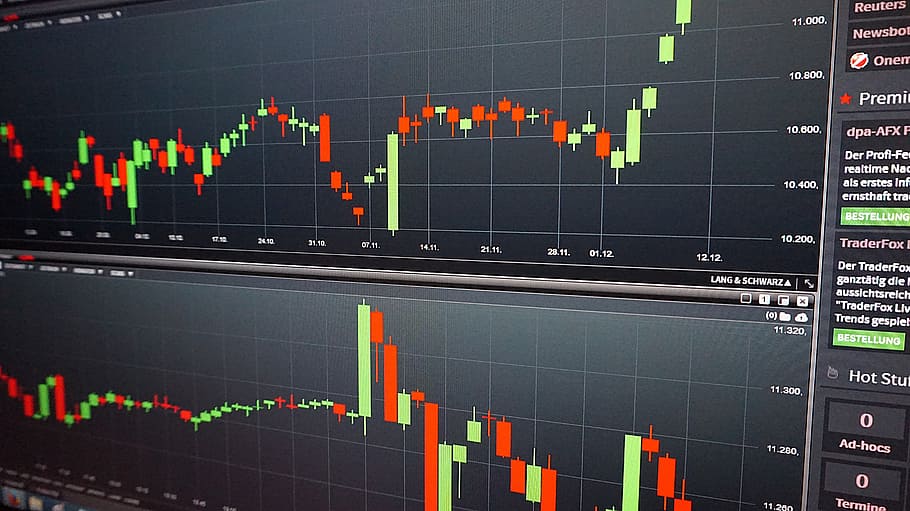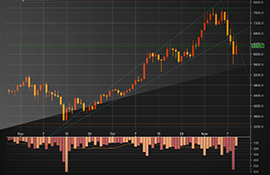What Is DuPont Analysis?
DuPont analysis is a technique that investors use to better understand a company's financial stability and performance. By breaking down a company's profits into three categories, earnings before interest and taxes (EBIT), interest expenses, and taxes, it is possible to see how each part contributes to the overall success or failure of the business. This analysis can help investors make more informed decisions about where to invest their money.
DuPont analysis is a Forex trading strategy that looks at the relationship between two Forex pairs. The idea behind DuPont analysis is that by observing the rate of change between two Forex pairs, traders can get an idea of which pair is likely to continue its trend. This Forex strategy can be used to trade any currency pair, but it is most commonly used with major pairs such as the EUR/USD and GBP/USD.
To apply DuPont analysis, traders must calculate the change rate for each Forex pair over a certain period. Once the rates of change have been calculated, traders can then compare these values to see which pair is trending the strongest.
DuPont analysis can be used to trade any time frame, but it is most commonly applied to longer-term charts such as the daily or weekly timeframe.
DuPont Analysis is a Forex trading strategy used to identify market trends and help traders make better decisions. This analysis technique was developed by J.P. Morgan & Co. in the early 1900s and is named after the company's founder, John Pierpont Morgan.
The DuPont Analysis is based on the fundamental principle that a company's profitability is determined by its ability to generate revenue and control expenses. This analysis technique looks at a company's financial statements to identify these two factors so that traders can make informed decisions about where to invest their money.
There are three steps to conducting a DuPont Analysis:
1) Forex traders must calculate a company's return on equity (ROE). ROE measures a company's profitability and is calculated by dividing its net income by its shareholders' equity.
2) Forex traders need to calculate a company's return on assets (ROA). ROA measures a company's efficiency and is calculated by dividing its net income by its total assets.
3) Forex traders need to calculate a company's return on capital (ROC). ROC measures a company's financial leverage and is calculated by dividing its EBITDA by its total debt.
DuPont Analysis can be used to identify companies that are generating high returns and have the potential to continue doing so in the future. This information can be helpful for Forex traders who are looking for Forex trading opportunities.
What is the DuPont Analysis? Definition and calculation example
The DuPont analysis is a Forex trading strategy used to help Forex traders determine the overall Forex market trend. The DuPont analysis can be used on any Forex currency pair and timeframe.
To calculate the DuPont analysis, Forex traders use the following formula:
DuPont Analysis = (Currency Pair Price X Currency Pair Price) / Forex Market Average Price
For example, if the EUR/USD Forex currency pair is trading at 1.2500 and the GBP/USD Forex currency pair is trading at 1.4500, then the DuPont analysis would be calculated as follows:
DuPont Analysis = (1.2500 X 1.4500) / 1.3500
The DuPont analysis is generally used as a Forex trading tool to help Forex traders determine the overall Forex market trend. However, it can also be used as a Forex trading strategy to trade Forex currency pairs in a strong trend. Please contact a Forex broker if you would like to learn more about the DuPont analysis and how to use it in your Forex trading.
DuPont analysis is a financial analysis technique that breaks down the return on equity into three components: operating profit margin, asset turnover, and financial leverage. This allows you to see how each of these factors contributes to the company's overall profitability. Understanding how each factor affects ROE can make better business decisions that improve your company’s bottom line. Have you ever used DuPont analysis to assess your own business? If not, try it out and see what insights you can glean about your company’s performance.














